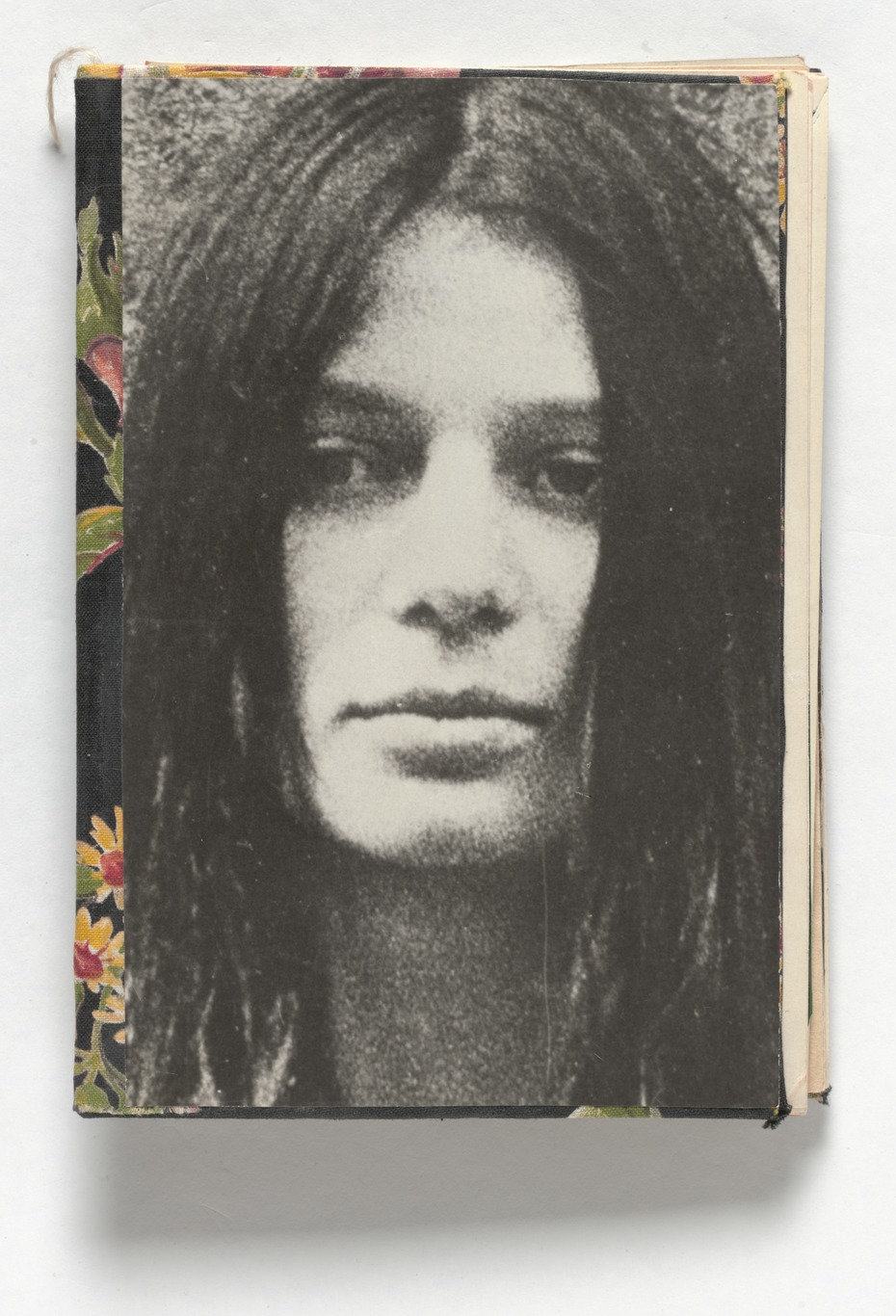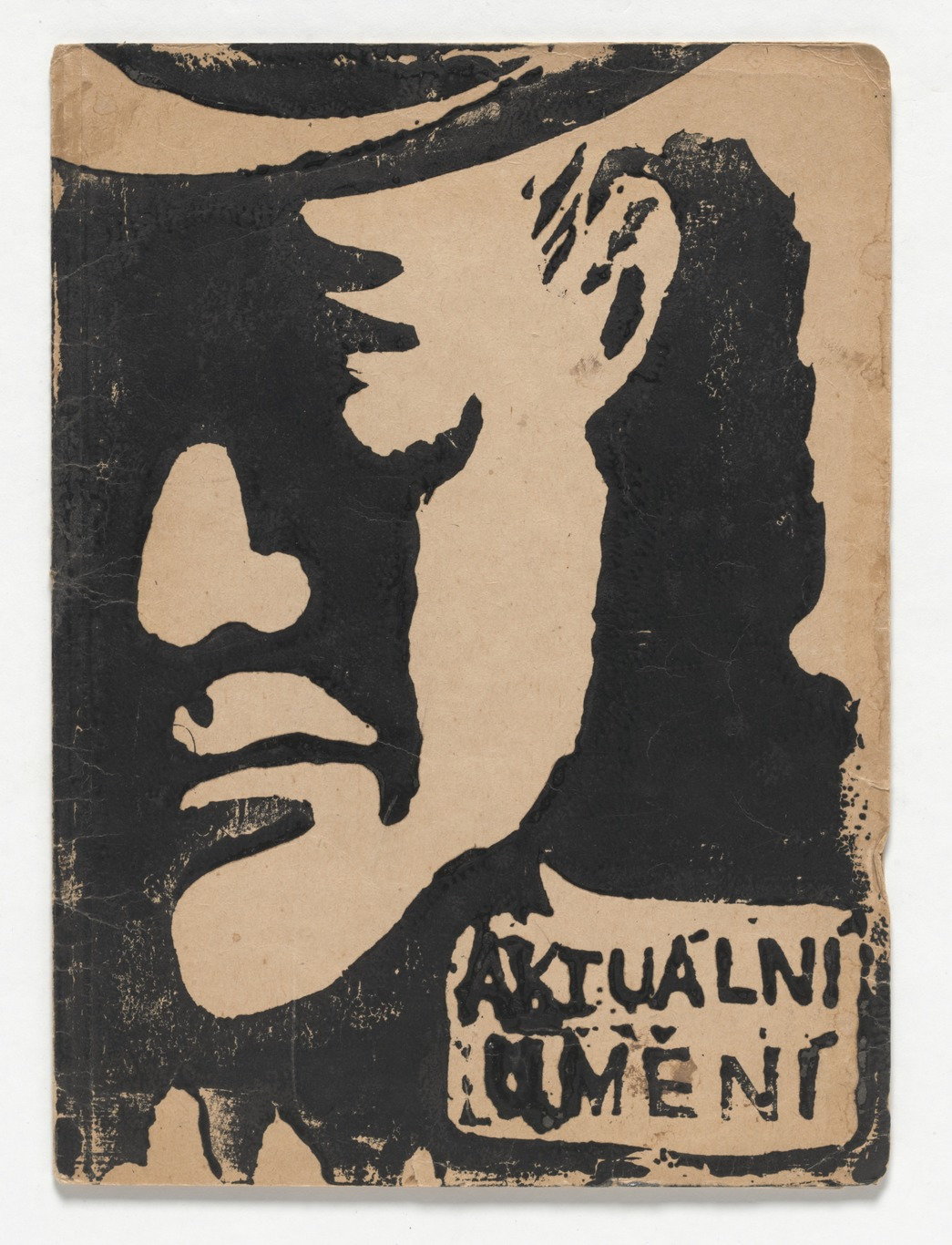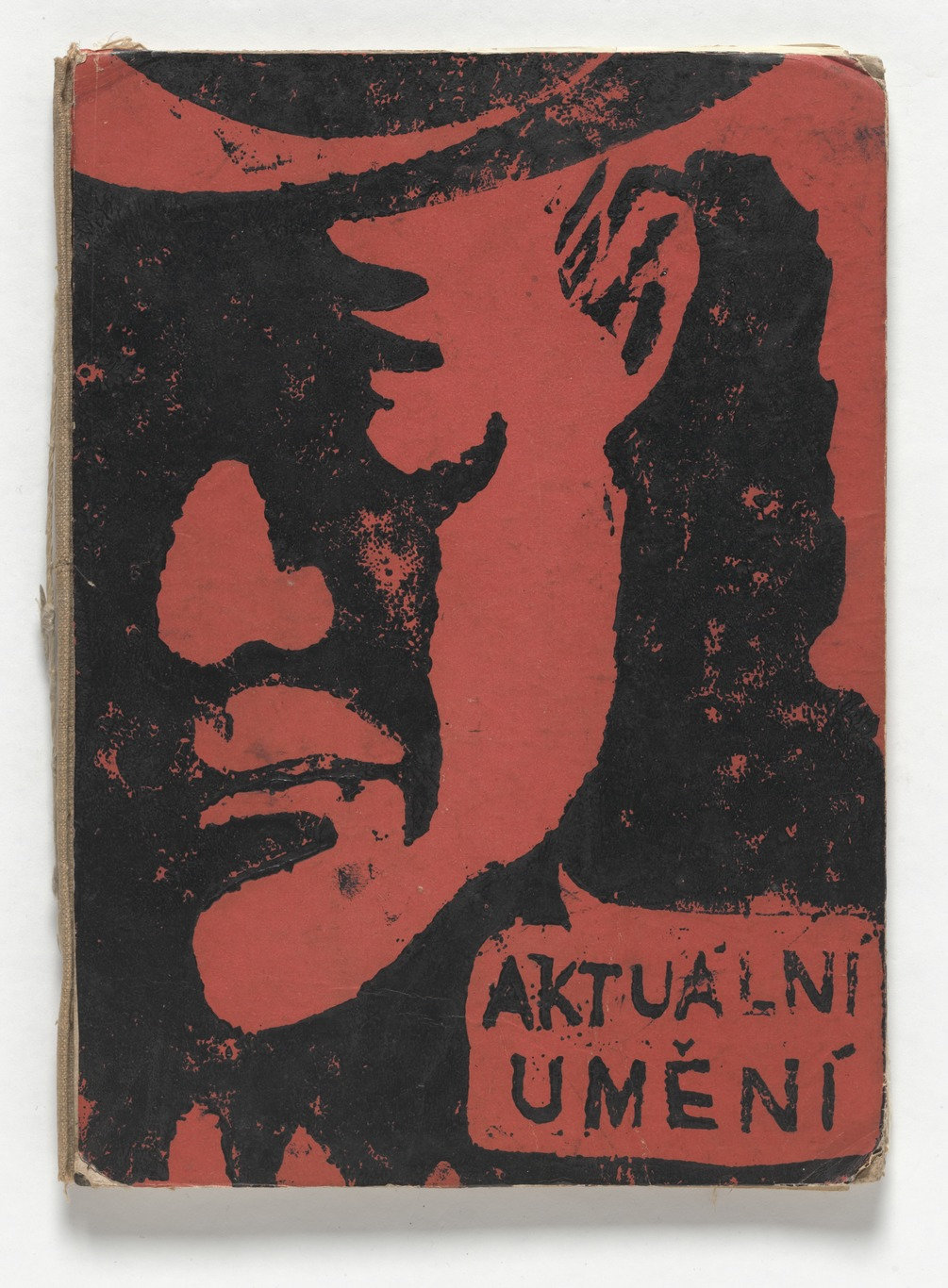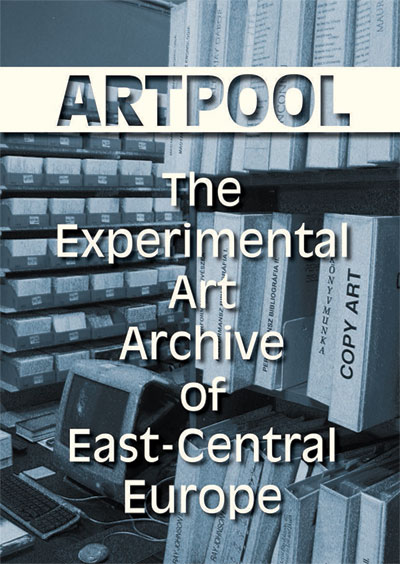Soňa Švecová: Striptease (c1967)
Filed under artist publishing | Tags: · fluxus

“Soňa Švecová was born in 1946 in the former Czechoslovakia and was a central figure in Aktuální umění (also known as Aktual Art or simply Aktual), a small group of artists based in Prague during the 1960s. The group—whose members included Milan Knížák, Švecová’s husband and later the director of “Fluxus East”; the brothers Jan and Vit Mach; Jan Trtílek; and Robert Wittmann (who joined the group in 1966)—organized collective actions in the streets and throughout the city, aiming to challenge “the indifference and emotional apathy so typical for modern man,” as they declared in their 1964 manifesto. Although the Aktual group had no knowledge of Fluxus until around 1965 (and vice versa), the two movements shared an interest in bringing art into life, initiating events that transformed viewers into participants and reimagined everyday actions as artworks. Švecová was the only woman associated with Aktual and very little has been written about her work; however, her participation in Aktual—and the intersections of her own practice with Aktual’s activities—appears to be quite significant.
Striptease is a small, handmade album. Its intimate scale, and the cover’s floral fabric and closeup portrait of the artist, suggest a diary or keepsake book. Within the volume’s pages Švecová recorded and reflected on her work, which ranges from pasted photographs and typed descriptions of Aktual group activities to a decorated comb and hand-stitched statements conveying her interest in clothing design and fashion (“Be a tailor for yourself”). The title, Striptease—which is a title that was later given the book based on what Švecová wrote on the opening page and therefore may not represent the artist’s intentions—is derived from her performance at the 2nd Manifestation of Aktual Art, in May 1965, during which, for the event’s closing activity, she disrobed in front of a bonfire, around which participants and onlookers sang national songs. A photograph of the work is included in the book, opposite a page featuring a cutout red-felt silhouette of a female figure, thereby juxtaposing a generalized “type” with the artist’s own form.
The various texts and statements in the book are in English, rather than in Czech, suggesting that it was created for export. Švecová and Knížák made a number of contacts with international artists associated with Fluxus, especially following the Fluxus festival that was organized in 1966 in Prague. Americans Jeff Berner, Dick Higgins, and Alison Knowles were there, as were French artists Serge Oldenburg and Ben Vautier. By this time, mail correspondence with George Maciunas in New York and Willem de Ridder in Amsterdam had further broadened the network. This book, for example, was part of an extensive series of correspondences begun in 1967 between Švecová and Knížák and the California-based artist Ken Friedman, who was associated with Fluxus and particularly interested in bringing Aktual to the West Coast.” (Kim Conaty)
[29] pages, 20 x 13.7 cm
via Post
PDF (3 MB, low res)
Comment (0)Aktuální umění, 1-2 (1964-65) [Czech]
Filed under artist publishing, magazine | Tags: · fluxus


“Aktuální umění [Contemporary Art], a rare, hand-assembled magazine by the Czech artists’ group of the same name, began production in late 1964. In it, the newly founded group—including Milan Knížák, Jan Mach, Vít Mach, Soňa Švecová, and Jan Trtílek—published its manifesto, documentation of its collective street actions, independent artistic contributions and statements by its members, and also Czech translations of international texts. Producing journals of radical art and ideas was illegal at this time in the former Czechoslovakia, so the magazine would have been circulated among friends rather than distributed openly through channels such as newsstands or the mail. In this way, Aktuální umění functioned as an alternative exhibition space for work that might not have been shown elsewhere and also as a platform for sharing ideas and information within a largely censored environment.
Most scholars estimate that at most fifty copies of each issue were produced, considering the cost and labor involved as well as the limited potential for distribution. The magazine was published under the title Aktuální umění for the first two issues, which could be considered the most significant in terms of their content and technical production. A third issue was published under the name Nutná činnost [The Necessary Activity] (1965), and from 1966 to 1968, Knížák produced three additional issues, dropping the magazine format altogether in favor of a more ephemeral and less costly newspaper presentation.” (Kim Conaty)
Self-published in Prague, 1964-65
30.8 x 22.6 cm
via Post
Issue 1 (1964, low res)
Issue 2 (Mar 1965, low res)
Prototype for Issue 2 (low res)
György Galántai, Julia Klaniczay (eds.): Artpool: The Experimental Art Archive of East-Central Europe (2013)
Filed under book | Tags: · archive, art, art history, artists book, avant-garde, east-central europe, fluxus, mail art, performance, sound poetry, visual poetry

“How could an arts initiative, called Artpool, in the 1970s, in a small corner of the world, in East-Central Europe, become a significant node, a reference point in a worldwide – initially analogue (postal) then digital (online) – network?
How has it been able to validly speak out and address issues and people again and again in the ‘storms’ of history and scientific-technological progress, for more than four decades now?
Using authentic documents, numerous photographs and illustrations Artpool’s chronological volume containing a brief presentation of events and exhibitions, a detailed bibliography and references follows the history of the Artpool art project – launched more than forty years ago by fine artist György Galántai and later jointly realized with Júlia Klaniczay – from the exhibitions of the Chapel Studio active in Balatonboglár between 1970 and 1973, through the establishment of the Artpool archive in 1979 to the opening of the Artpool Art Research Center in Budapest in 1992 and its becoming an esteemed research facility by the 2010s.
Hundreds of artists from all corners of the world sent their works to the international Artpool exhibitions, which are built on the “Active Archive” concept and explore themes inspired by our perpetually changing world, in the same way as György Galántai and Artpool also participated in the events organized in the various other nodes of the “Eternal Network”.
The information accumulated in Artpool over the forty years, the collections that were built up, and the research work based on them form the tissue of today’s institute, which beyond the developments in the art scene also informs us about the eventful forty or so years during which Artpool came into being and has continued to operate. This period can be best described by the following keywords: communism, iron curtain, secret files, tapping telephone wires, bans, “the happiest barrack”, samizdat publications, counterculture, change of the system, democratic transition, freedom of the press and speech, independent non-profit initiatives, European Union, strengthening nationalism and conservatism; 20th century, millennium, 21st century; technological and communication explosion.”
Foreword by Kristine Stiles
Publisher Artpool, Budapest, 2013
ISBN 9630872250, 9789630872256
535 pages
PDF (50 MB, updated on 2019-10-29)
Flash

